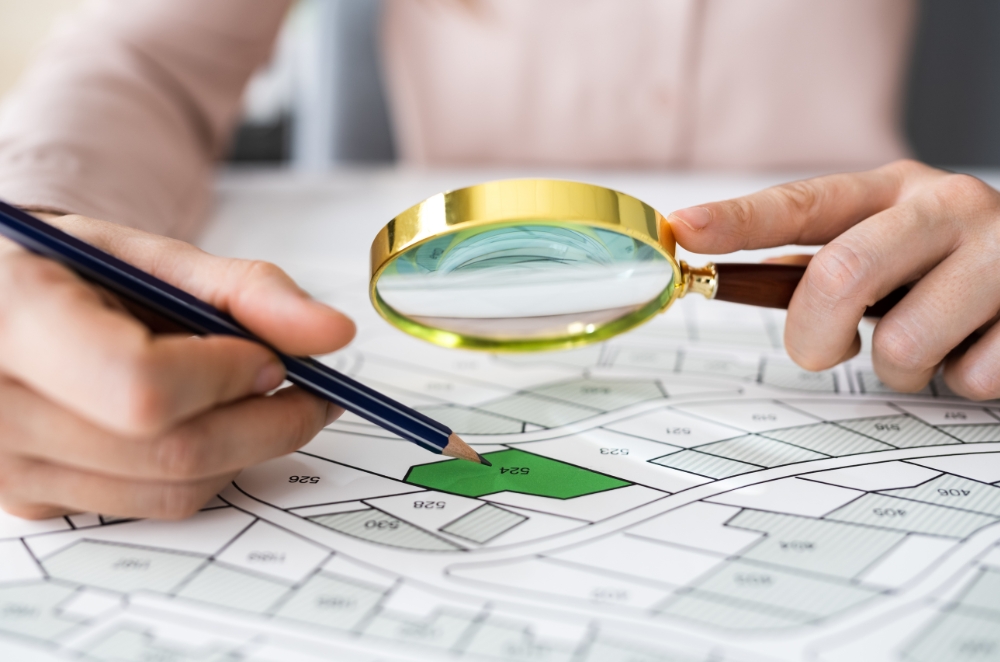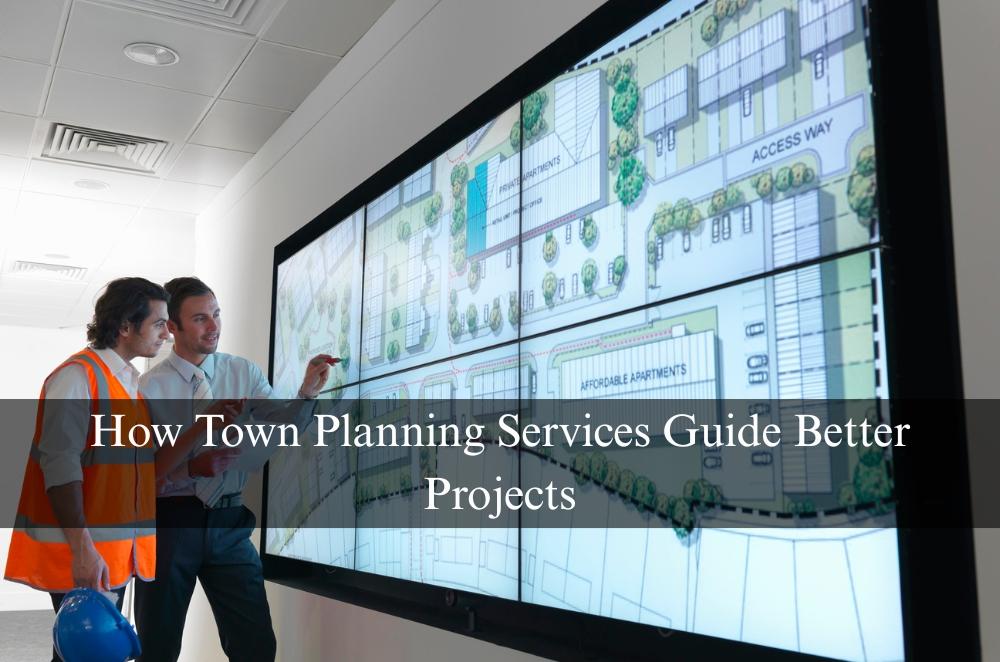You might think town planning’s all paperwork and permits, but in reality, it’s much messier — and more important — than that. From subdivisions and shopfront refits to a simple home extension, every project bumps up against zoning rules, infrastructure limits, and what the local area can handle. It’s never just about your block — it’s about how your build fits into everything around it. And that’s where things often stall.
I've seen great designs get buried in red tape because no one checked how they lined up with local strategy. That’s why getting a town planning consultant involved early can save you time, stress, and in a few cases, the whole project.
Here’s how proper town planning shapes better-built outcomes — and what that actually looks like in the real world.
It’s more than paperwork — it’s strategy from the ground up
Planning is often treated as an administrative step — something that happens after the design is done. But it works best the other way around. Strong projects are shaped with planning in mind from the very beginning.
We’ve seen this first-hand on small mixed-use sites where early advice helped position parking, pedestrian access, and commercial frontages to meet council priorities — all before a single sketch was drawn.
Early-stage planning can help you:
-
Discover untapped development opportunities
-
Maximise floor space and building height
-
Avoid trigger points that slow assessment
-
Anticipate community or infrastructure impacts
Without this kind of groundwork, even the best designs risk hitting avoidable setbacks or landing conditions that weaken the final outcome.
Good advice aligns you with long-term plans
Every site sits within a broader strategic context. Local councils aren’t just reacting to individual DAs — they’re working toward broader housing targets, transport upgrades, and sustainability goals. Understanding how your proposal fits that vision matters.
This is where strategic land use planning can influence not just what’s allowed, but what’s encouraged. When a project reflects local planning goals, assessors are more likely to view it as contributing — not conflicting — with community needs.
Planners help identify where your site is:
-
Falls within growth or redevelopment corridors
-
Connects with future transport or infrastructure plans
-
Aligns with council housing or density strategies
-
Avoids areas of heritage or environmental constraint
Navigating the process means knowing the system
The planning system in NSW isn’t a single lane — it’s more like a maze. Between state policies, local controls, and referral agencies, it’s easy to get stuck. This is where experience pays off.
A good planner doesn’t just fill out forms. They manage timing, expectations, and the rhythm of council assessment. They know which departments to speak to, what language to use in reports, and how to resolve issues before they escalate.
Things an experienced planner will help manage:
-
Pre-lodgement meetings and negotiation
-
Statement of environmental effects and supporting docs
-
Referrals (traffic, heritage, drainage, bushfire, etc.)
-
Public submissions and community engagement
We've worked on projects where a single overlooked clause in the DCP stalled approval by months. Having a professional who understands the system prevents issues like that.
Zoning isn’t always fixed, and it can be challenged
A lot of property owners see zoning as black and white — it’s not. While many buildings must work within their existing zoning, others may have scope for change, especially in transition zones or under review precincts.
Solid land rezoning advice can reveal new use potential, additional yield, or commercial opportunities that weren’t obvious at first glance.
Typical rezoning strategies may involve:
-
Supporting site-specific amendment proposals
-
Engaging in precinct structure planning
-
Preparing planning proposals for the council
-
Gathering evidence of local demand or strategic alignment
Rezoning isn’t quick, but for the right site, it can dramatically reshape the value and future of a development.
Community and compliance are part of the design
No one wants to face last-minute objections or negative feedback during a public exhibition. The best way to avoid this is to design with context in mind from the beginning. Planning consultants flag these issues early, often recommending small changes that make a big difference during assessment.
Some compliance-driven design choices may include:
-
Limiting height near sensitive interfaces
-
Softening built form with landscaping
-
Minimising traffic disruption or overflow
-
Addressing character statements in heritage zones
A smoother public exhibition phase usually leads to fewer delays, clearer consent conditions, and stronger long-term support.
It’s not just for big developers — planning matters at all scales
There’s a common misconception that town planning services are only for large developments. But even small projects benefit, and in many cases, smaller builds face more scrutiny due to tighter urban settings.
Planning input can make or break smaller jobs like:
-
Granny flats and dual occupancies
-
Small business or retail fit-outs
-
Boarding houses or aged care dwellings
-
Community facilities on shared land
Where the project size is small, the margins for error are tighter, and councils may apply local controls more strictly. A planning consultant ensures the submission meets both the letter and intent of the law.
Local rules vary, and they change often
Each council area runs under its own LEP and DCP, with updates happening regularly. What was permissible 18 months ago may now require additional justification — or may no longer be allowed.
Professionals with experience across multiple LGAs understand how to adapt. That includes things like:
-
Knowing which clauses councils enforce strictly
-
Spotting overlaps in local and state policies
-
Identifying flexibilities, like design excellence bonuses
-
Tracking current reform agendas and local priorities
Working with someone who is genuinely understanding local planning laws — not just quoting them — gives your project a sharper edge at submission.
Final thoughts
A well-run development starts long before anything goes to the council. When you engage a town planner early — not just to lodge paperwork, but to shape the strategy — you’re setting the tone for everything that follows.
The right town planning consultant isn’t just a middleman between you and the council. They’re an interpreter, a negotiator, and a guide through a system that’s complex by design.
They help shape projects that aren’t just approved, but that perform better, deliver more value, and genuinely belong in the places they’re built.



